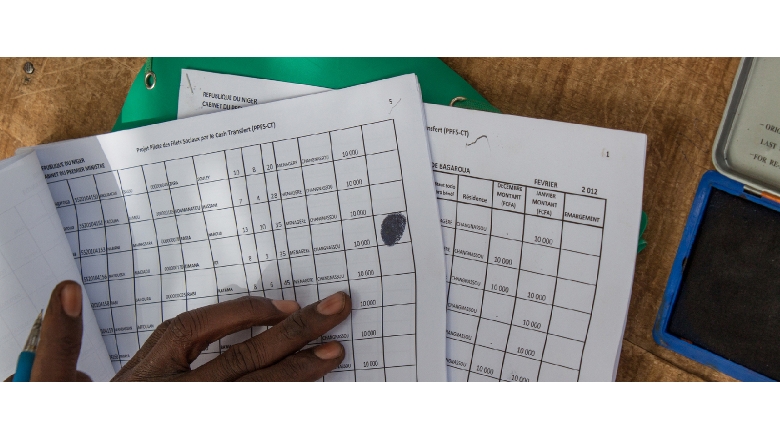The objective of the Sustainable Development Finance Policy (SDFP) is to incentivize countries to move towards transparent, sustainable financing and to promote coordination between IDA and other creditors in support of recipient countries’ efforts. The SDFP framework builds on the lessons learned during the Non-Concessional Borrowing Policy (NCBP) implementation and adapts to the new debt and creditor landscape. Starting from July 1, 2020, it will replace the NCBP and will differ from it in several important aspects. While the new policy explicitly recognizes that efforts by IDA alone will not be enough to change the current debt landscape of IDA-eligible countries, its design seeks to maximize the policy’s development impact.
FY22 Implementation Update | FY21 Board Update
The SDFP further strengthens IDA’s current debt-related policy framework through a more pro-active and systematic engagement on debt sustainability at the country-level. The SDFP has two pillars:
- The Debt Sustainability Enhancement Program (DSEP): This pillar aims to enhance incentives for countries to move toward sustainable borrowing and investment practices. Recognizing the importance of debt-financed investments for development, this pillar will address debt-related risks pertaining to demand-side factors. The DSEP will create incentives – linked to IDA country allocations set-asides – for IDA-eligible countries to implement concrete performance and policy actions (PPAs) aiming to enhance debt transparency, fiscal sustainability and strengthen debt management.
- The Program of Creditor Outreach (PCO): The PCO aims to leverage the World Bank’s role as a convener and enabler to promote stronger collective action, greater debt transparency and closer coordination among borrowers and creditors to mitigate debt-related risks. Effective collective action by creditors, including multilateral development banks (MDBs), other international financial institutions (IFIs), bilateral lenders, and private sector creditors, would help mitigate debt-related risks pertaining to the supply side factors. As a part of the PCO, IDA will broaden and strengthen its engagement with IFIs including through the development and promotion of sustainable financing principles. IDA will also enhance transparency and communication on sustainable financing with a broad range of creditors, including through dialogue on the SDFP, and other information-sharing initiatives.
SDFP implementation will be guided by principles of equity, simplicity and rules-based approach. Specifically, IDA will ensure an equitable application of the policy across all IDA countries, calibrating PPAs consistent with country context and capacity. The policy will be anchored to a simple and predictable implementation framework, which includes detailed steps by borrower countries and IDA. Finally, it will be focused on clearly-defined rules, including on monitoring and reporting.
Last Updated: Apr 25, 2022

